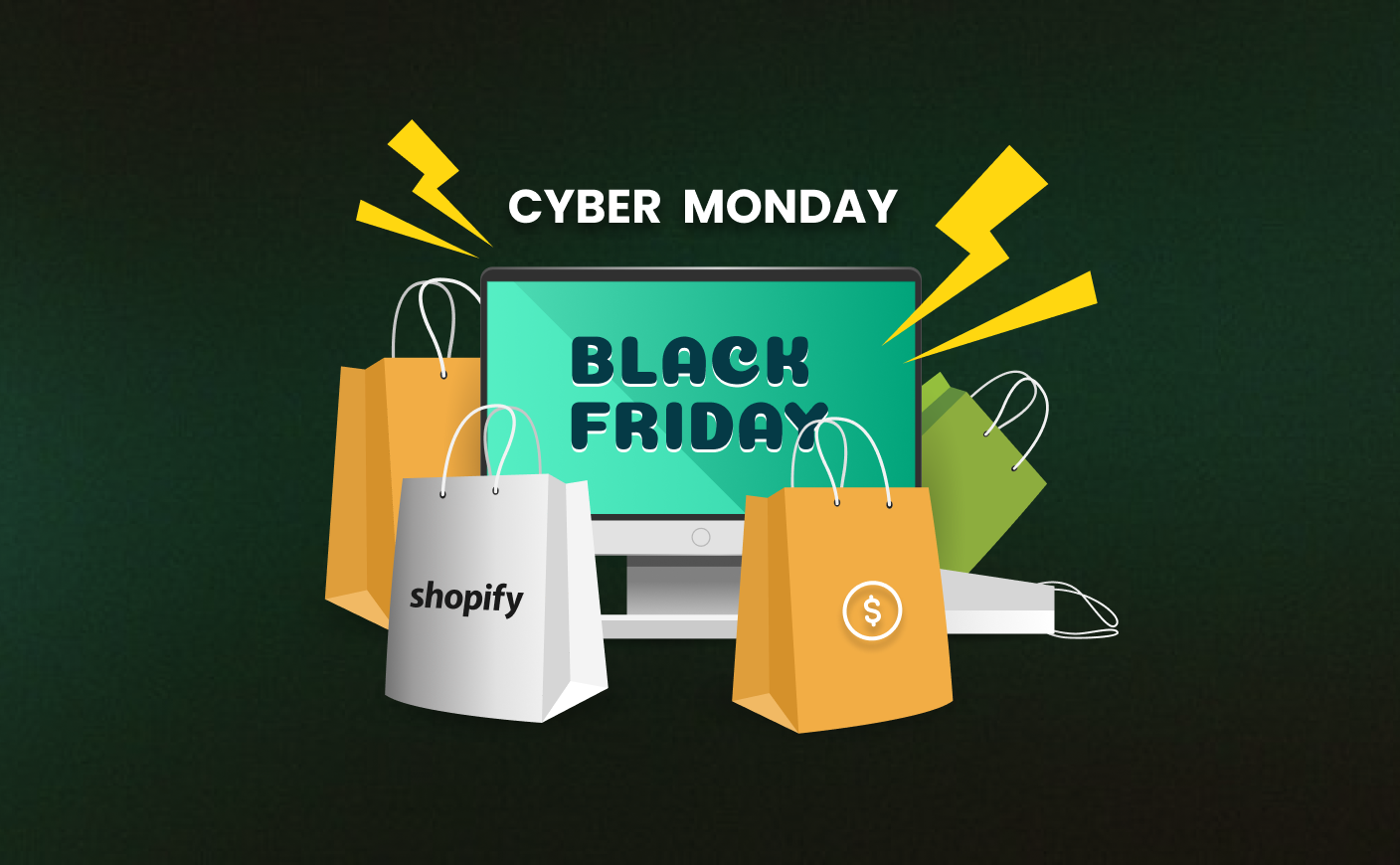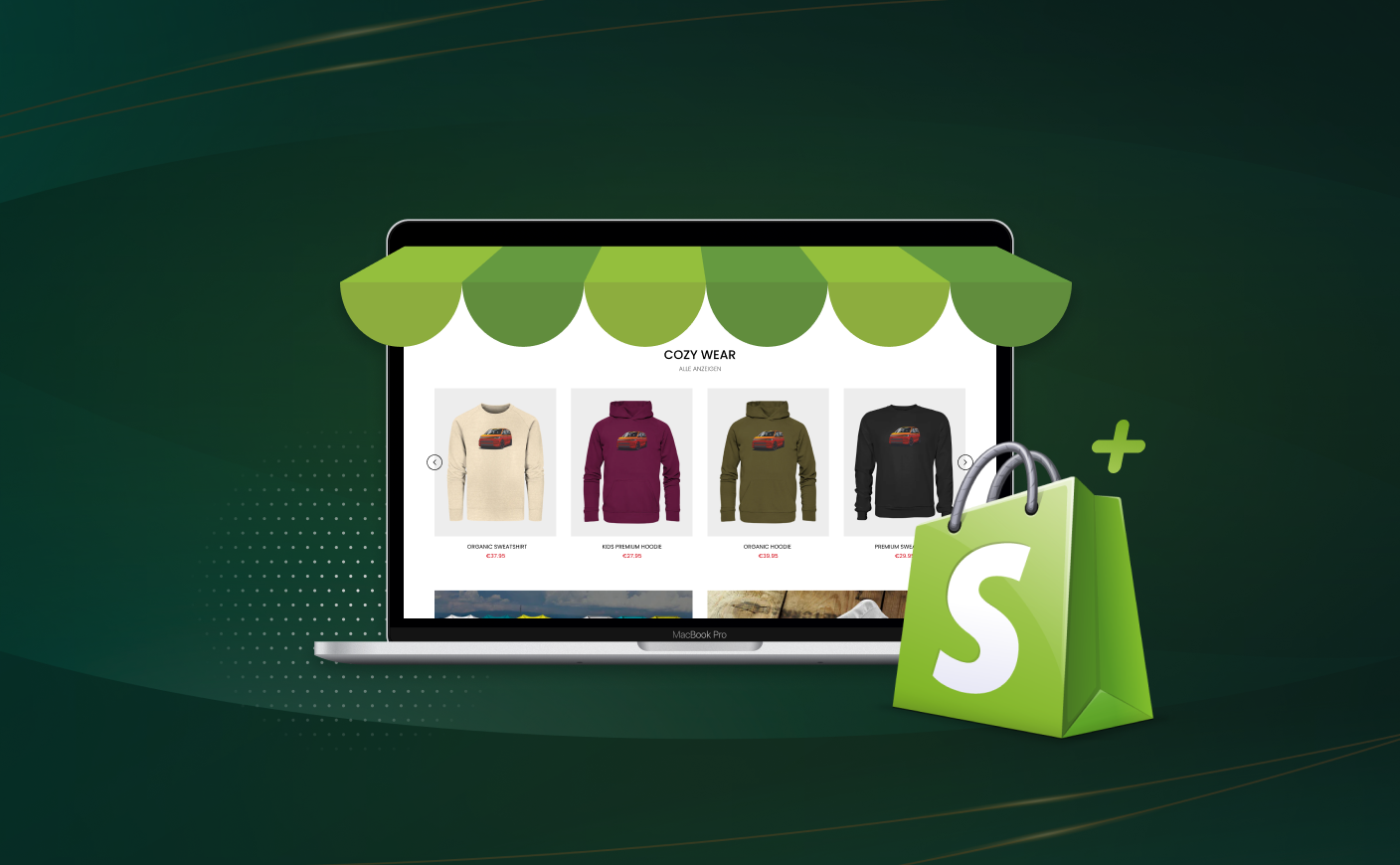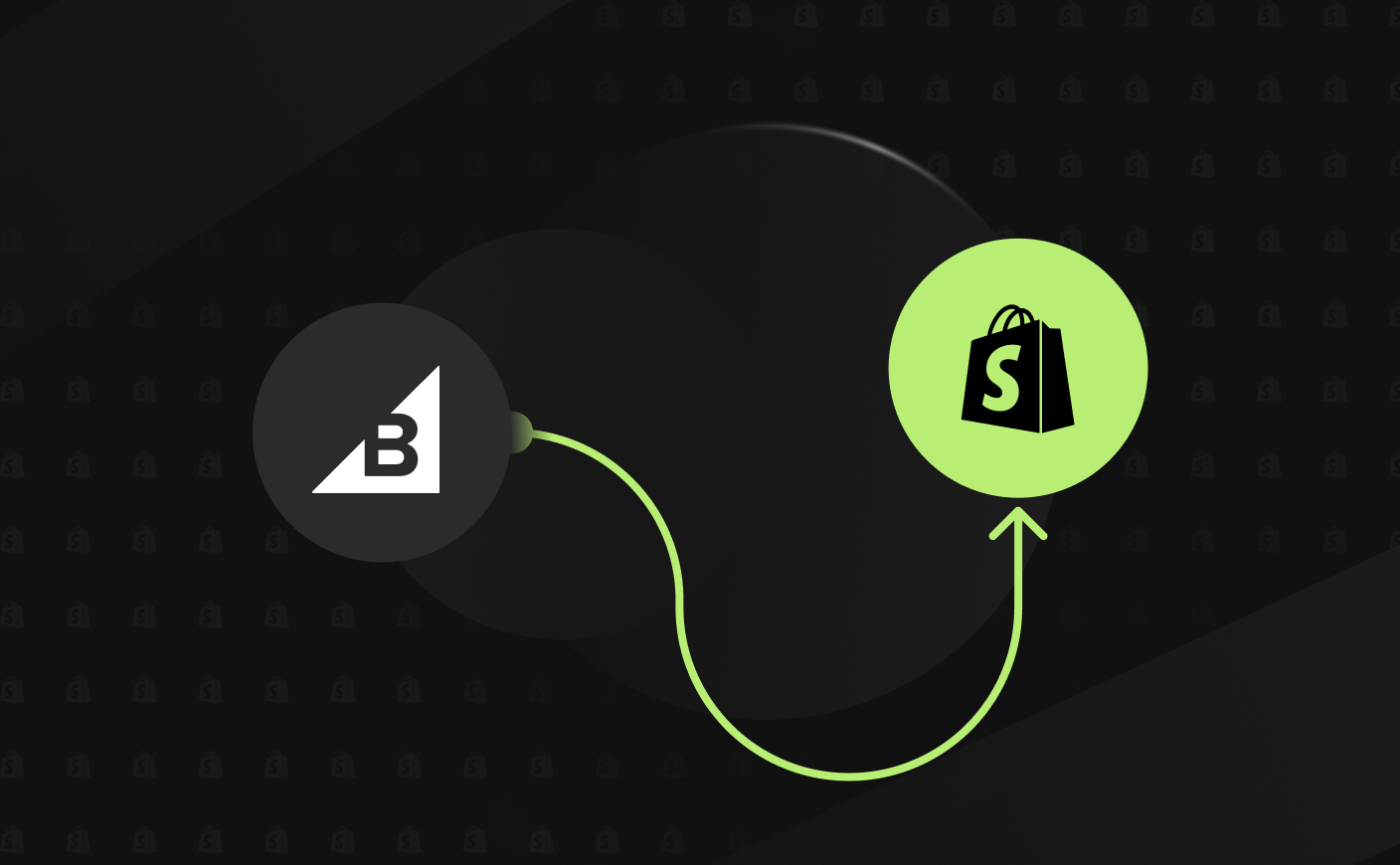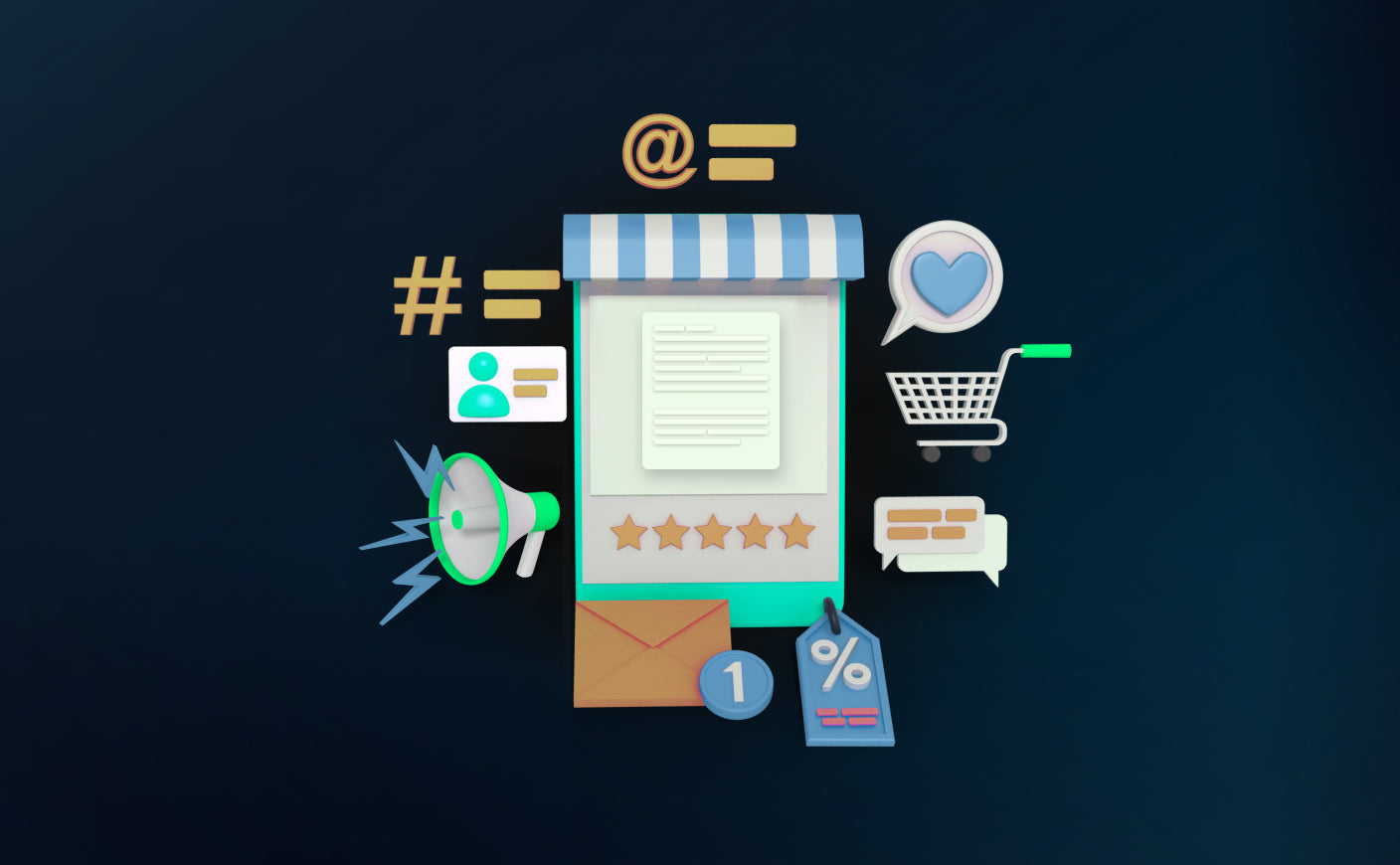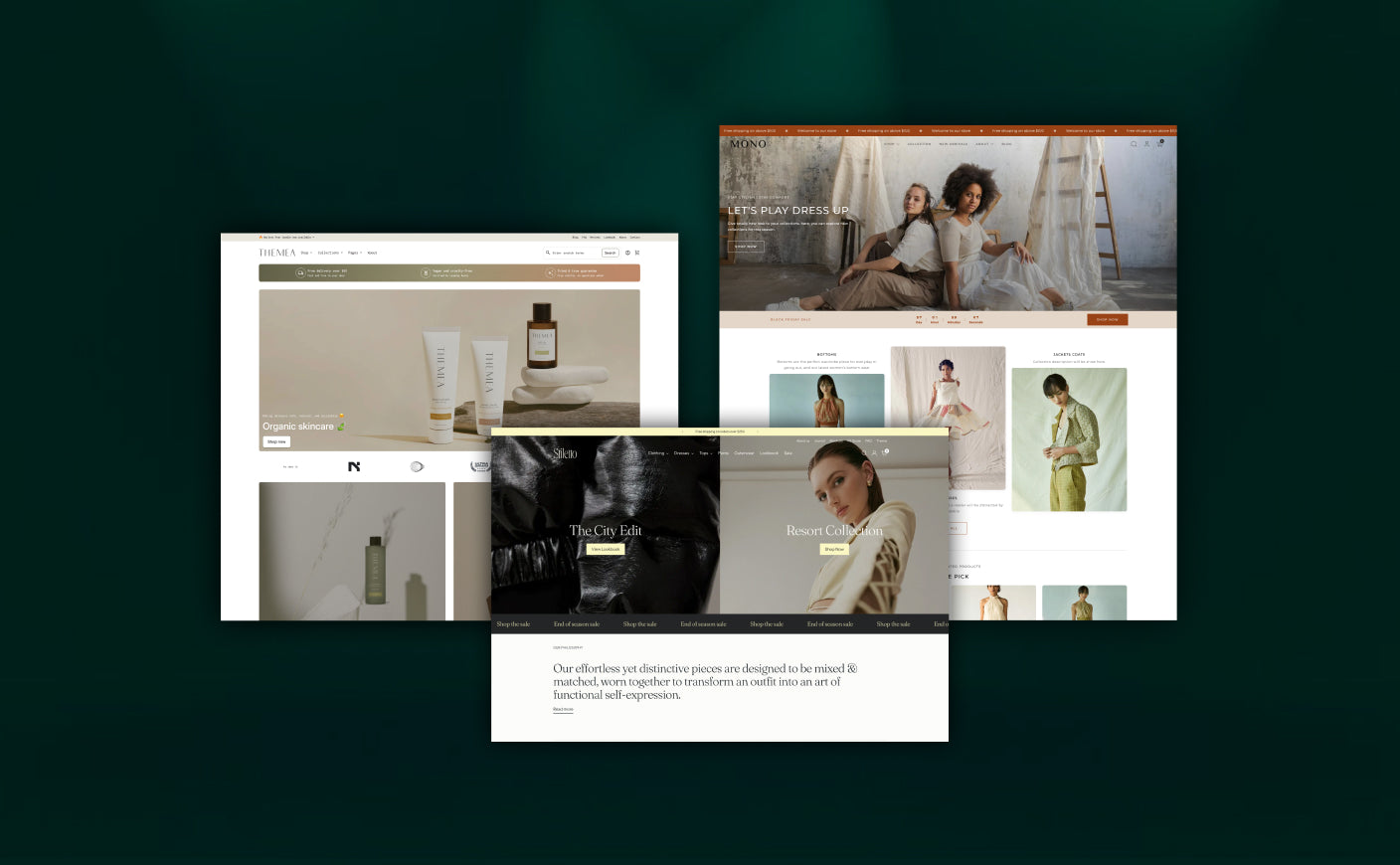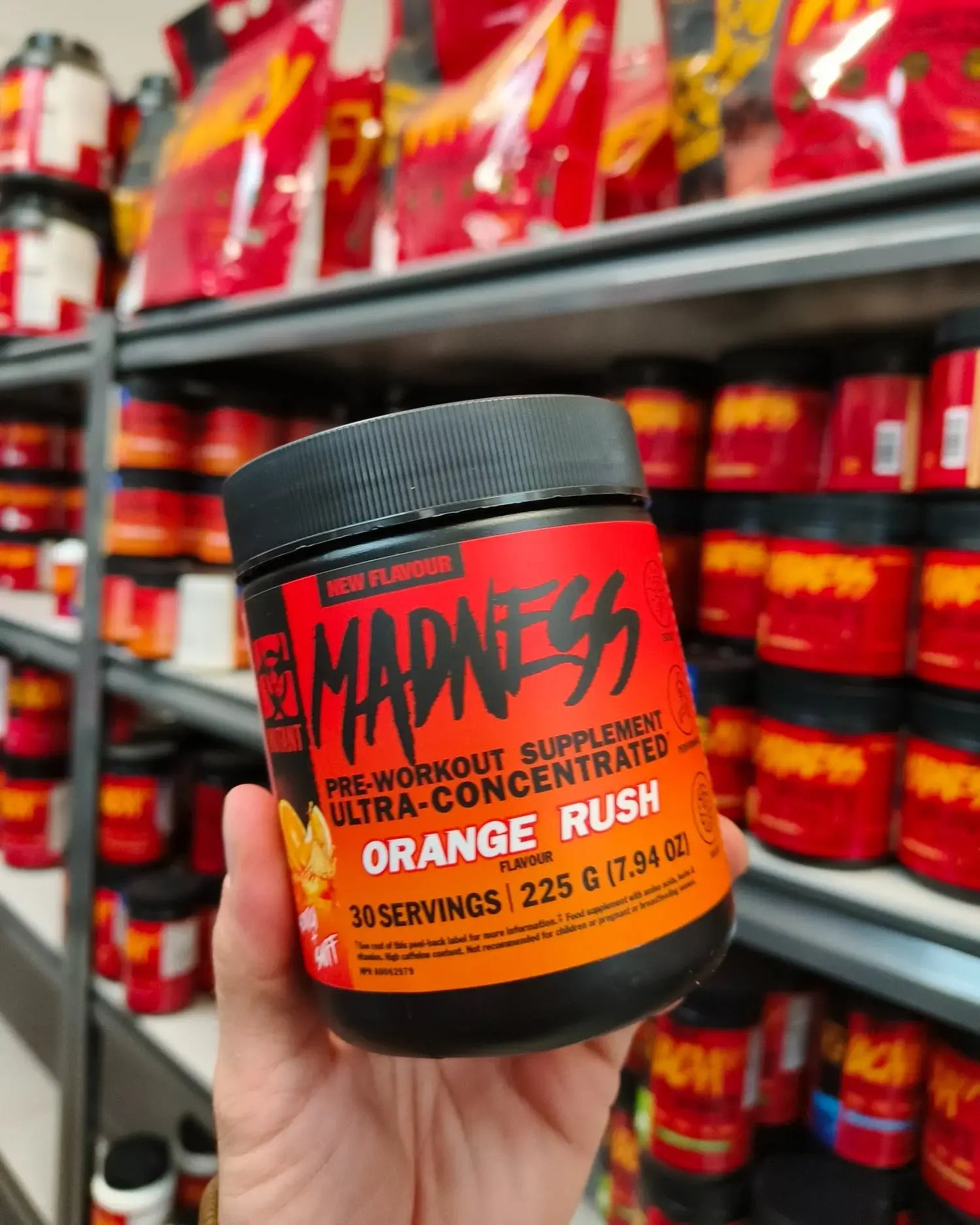Why Omnichannel Retail is Revolutionizing Shopping in the USA
omnichannel
shopping in a USA

Imagine using your phone to browse a store during your lunch break, only to discover that you would prefer to see the product in person. Later, you visit the store after work and use a self-checkout kiosk for a smooth purchase. This is omnichannel retail in action. It's not just a buzzword; it’s a game-changer in how Americans shop.
A Basic Understanding of Omnichannel Retail
At its core, omnichannel retail makes sure that customers have a consistent online, in-store, and other shopping experiences. Omnichannel retail combines all touchpoints to provide an uninterrupted consumer experience, whether you're purchasing on a website, using an app, or going to a physical store.
Choosing between online and offline purchasing is no longer an option. Rather, it involves merging the advantages of both.
Let us go through the reasons why it is rising to the forefront in the USA.
Customer expectations: Today’s shoppers expect convenience, flexibility, and personalized experiences.
Tech integration: Shopping is no longer an isolation process as it happens on all places including smartphones, apps, and smart devices.
Post-pandemic effect: Pandemic brought the entire world to online shopping platforms but somewhere, people still miss the benefits of physical shopping. Omnichannel helps to bridge this gap.
How Omnichannel Retail Works In Real Life?
Let us explore some of the brands that are leveraging this strategy in real life to give a world class shopping experience to its customers.
#1 Buy Online, Pick Up In-Store (BOPIS): Target
Target is an expert in BOPIS. After browsing products on Target's website or app, customers choose "Pick Up In-Store" and proceed to the closest location to pick them up. This service became essential during the pandemic, allowing buyers to safely pick up their products without having to wait for house delivery.
How does Target differ from the others? The ease of use doesn't end there. With their curbside pickup option, you get to stay in your vehicle while staff members deliver your order to you.
#2 Easy Returns: Walmart
Walmart's return policy is an excellent example of its omnichannel approach. Need to return something you bought online? Just go to a Walmart store in your area. Their Mobile Express Returns feature, accessible through their app, allows you to process returns quickly.
In addition to saving time, this encourages customers to return, which frequently results in more sales.
#3 Integrated Shopping Experience: Nordstrom
The brand takes the feature of personalized shopping experience to the next level. It allows customers to reserve products online, which are then held in stores for try-ons. So if you are unsure about a product, you can try it in the store before making a purchase.
They also have stylists available in their store who offer tailored recommendations as they are well aware of your browsing history.
#4 Unified Loyalty Program: Starbucks
With its Starbucks Rewards program, Starbucks has mastered the art of fusing digital and physical interactions. You can earn points (called Stars) for free food, drink, or products whether you order in-store, through their mobile app, or via a drive-thru.
What could be better? Reloading your Starbucks card, placing an order in advance, and personalizing your drink preferences are all possible through the app, which also syncs your activities across all channels. This keeps people coming back for more while simultaneously improving convenience.
Top 4 Benefits of Omnichannel Retail for Customers In USA
Omnichannel transforms shopping experience into a stress-free experience. Here’s how:
Convenience At Its Best: Just imagine that you can shop for groceries online, add last-minute items to your shopping, and schedule delivery as per your convenience. That is the level of comfort and ease omnichannel offers to its customers.
Customization: This strategy works on the very foundation of using browsing history to know about your preferences and accordingly give recommendations. This isn’t just convenient—it makes you feel understood as a customer.
Time-saving: Remember the days when you have to go from one store to another in search of what you need? With features like inventory checks and in-store reservations, omnichannel retail ensures that you are not wasting your time.
Flexible Payment Options: Whether it's splitting bills between gift card and credit card or using Apple pay to make payments, omnichannel offers the most flexible payment options to customers.
How Omnichannel Is Beneficial To Retailers In The USA?
Retailers in the USA are using omnichannel not just for fun - but it’s also proving to be a smart decision move.
#1 More Prospects for Sales
According to data, omnichannel consumers spend more money. Customers who use numerous channels spend 10% more online and 4% more in-store on average than those who only use one channel, according to a Harvard Business Review research.
#2 Loyalty of Customers
Customers are more likely to remain loyal when they have a smooth platform transition. Companies such as Sephora are excellent at this by providing incentives and points for both in-person and online purchases.
#3 Improved Understanding of Data
Omnichannel systems provide useful information that helps merchants in evaluating consumer preferences and purchasing trends. This allows companies to customise their approaches and raise client satisfaction levels.
#4 Flexibility in Adversity
Omnichannel techniques offer flexibility in times of economic downturn or unforeseen circumstances, such as the pandemic. Strong online and physical integration helps businesses overcome these obstacles.
How Technology Helps To Integrate Omnichannel Retail?
Let’s talk tech since it forms the backbone of Omnichannel.
#1 Inventory Management
Tools like Shopify plus allows Shopify merchants to keep real-time track of inventory across all channels. This ensures that customers do not place orders of products that are out of stock.
#2 Mobile Apps
Mobile apps often act as a glue in this strategy. For instance, Starbucks gives app users points regardless of whether they buy something in-person, online, or through delivery partners.
#3 Artificial Intelligence
Businesses use AI to analyze data and predict customer needs. It powers functions like virtual try-ons for fashion and beauty companies, chatbots for customer service, and product suggestions.
#4 Augmented Reality
The AR-powered software from furniture store IKEA allows you to see how products will appear in your home. This increases client confidence and improves the decision-making process.
What Does The Future Hold For Omnichannel Retail In The USA?
Looking ahead, this strategy is sure to develop more driven by innovation and customer demands. Here are some trends to watch:
#1 Hyper-Personalization
You can expect brands to use AI to provide hyper-personalization to their customers. Imagine walking into a store and receiving push notifications with discounts on items you’ve been eyeing online.
#2 Voice Shopping
Voice shopping is soon to become a big part of your omnichannel experience with the inclusion of smart speakers such as Amazon Echo.
#3 Subscription Models
Subscription - based retail services like Amazon Prime and Walmart+ are gaining traction, blending convenience with loyalty rewards.
To Wrap Up
Omnichannel retail is not just a trend - it’s a revolution that is redefining the shopping trend in the USA. While for customers it is an opportunity about personalization and choice, for retailers it is more about building loyalty and bringing in more sales.
As more brands adopt this approach, the line between online and offline shopping will continue to blur, creating a unified and enriched experience for everyone.
So, the next time you easily switch from your smartphone to a store visit, remember—you’re part of a retail revolution. And it’s only going to get better in the coming years!
CrawlApps
At CrawlApps, we don’t just build Shopify stores—we create experiences that sell. We’re a bunch of problem-solvers who love turning ideas into stores that actually converts. Whether it’s fixing what’s broken or building something from scratch, we make sure every detail works in your favor. No fluff, no jargon—just real solutions that help your business grow. If you’re serious about Shopify, you’ll feel right at home with us.



